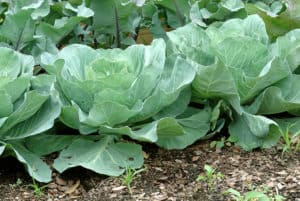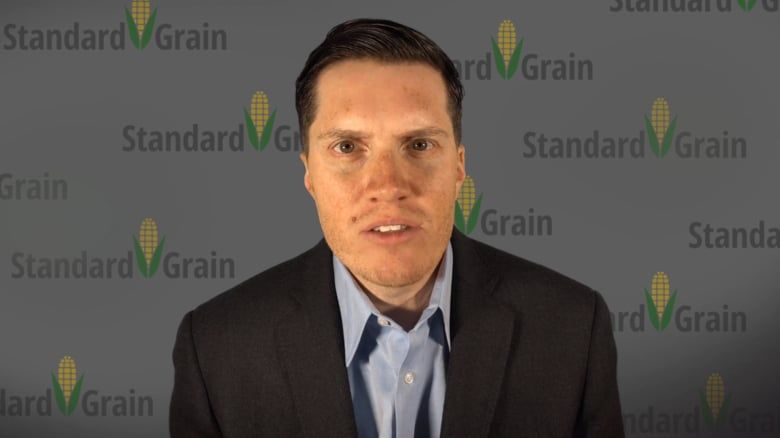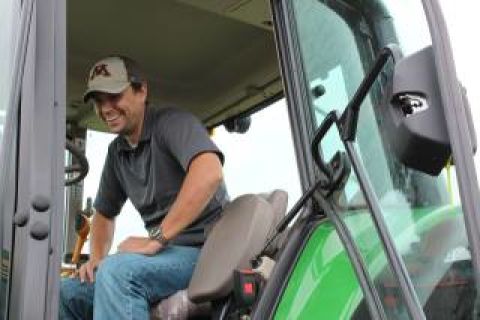Rain. Finally. Last weekend saw at least some rain in parts of farm country. Had a chance to talk with John Baranick (rhymes with mechanic), ag meteorologist for DTN, who lives just down 169 from me in Jordan, Minnesota. He says while the rain benefitted the parts of rural America stuck in a drought, other areas didn’t need a lot of rainfall.

“It wasn’t just here in southern Minnesota. We also saw that it was even heavier south of the border in Iowa, with a lot more four-to-six inch amounts there. Very helpful for some areas, but not a lot of those areas needed it. It also extended down through southern Wisconsin and into Northern Illinois. A lot of those crops, again, didn’t really need it, but it’s definitely helpful wherever it hit. And that front is starting to come through the eastern half of the Corn Belt. Again, a lot of these areas are doing much better than we are out here in the West, but Illinois, Indiana, and Ohio are all seeing bouts of rain this week. They’ve had some flooding in some of these areas, but the rainfall that’s gone through is mostly favorable. It’s just those Western states that just haven’t.”
The Dakotas saw mixed results from the weekend rain.
“South Dakota got some pretty good rainfall. The eastern half of it did, but the western half didn’t, really. North Dakota has kind of been missing out on a bunch of rain lately, although their soil moisture, for the most part, and the crop conditions are still pretty good.”
The Plains States are still struggling with drought…tape
“It’s the states of Nebraska, Kansas, kind of northern Missouri that have missed out on a lot of the rainfall even with these fronts coming through, and they’ve had a lot hotter. Temperatures have been up near or eclipsing 100 degrees very consistently all summer long, so the heat has been putting on a whole lot of stress for those areas.”
There may finally be some cooler air on the way into the Plains next week and may bring at least a little rain with that front…tape
“We’re seeing late next week, maybe mid-to-late next week, a push a cooler air move through and that’s gonna come with a bit of showers too, so it’s not a whole lot of rainfall and probably on the order for most people have a half inch or less, But the temperatures are going to cool back down. Instead of seeing highs in the 90s and up near 100. It’s more like the 70s and 80s for several days, so it’s actually gonna be below-normal temperatures for a bit. That kind of occurs late next week into the following week, so it’ll be a nice relieving break for them.
Unfortunately, many parts of rural America are still stuck in a drought. We’ll talk about that more later this week.
Again, that’s DTN ag meteorologist John Baranick












